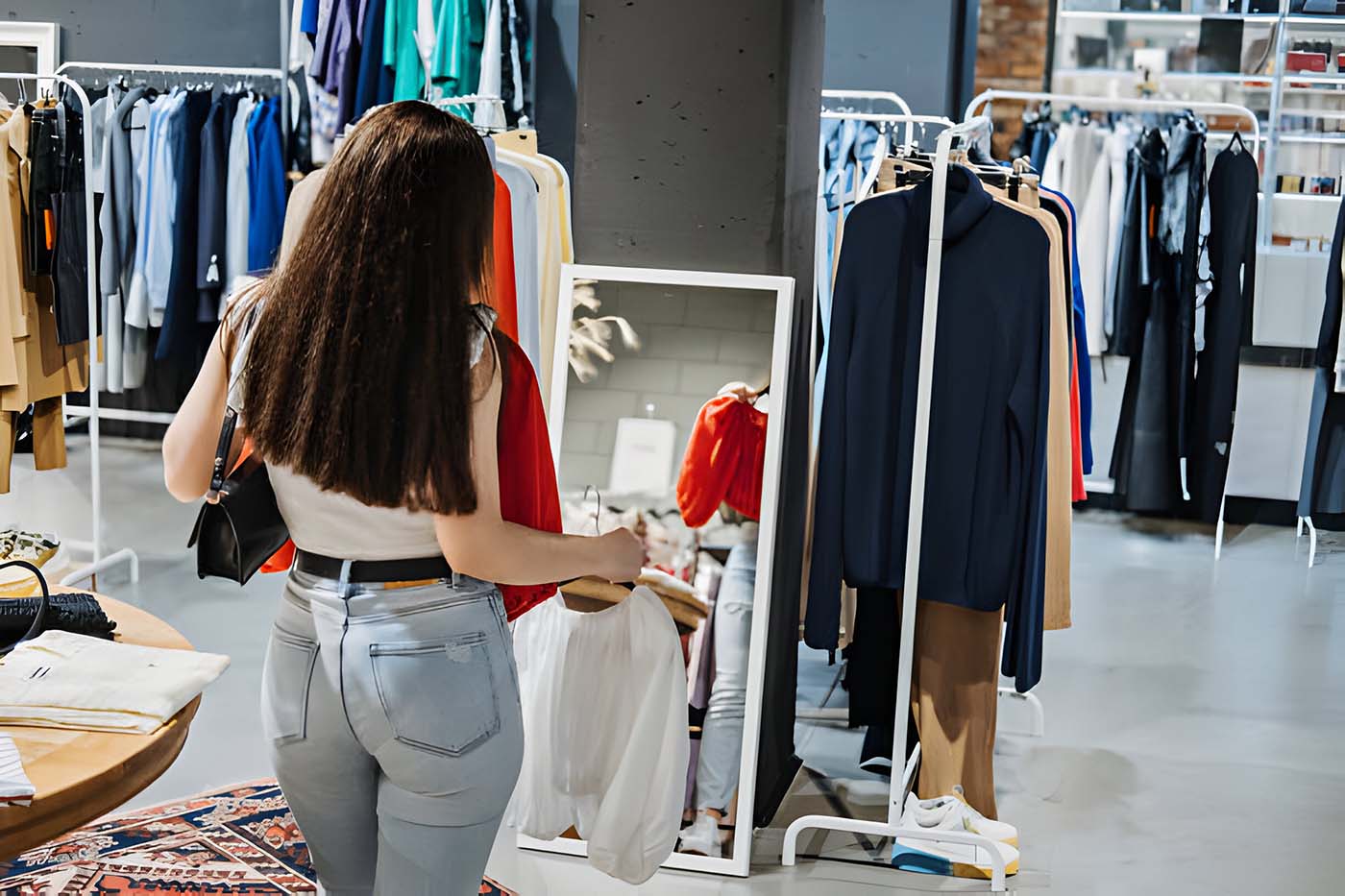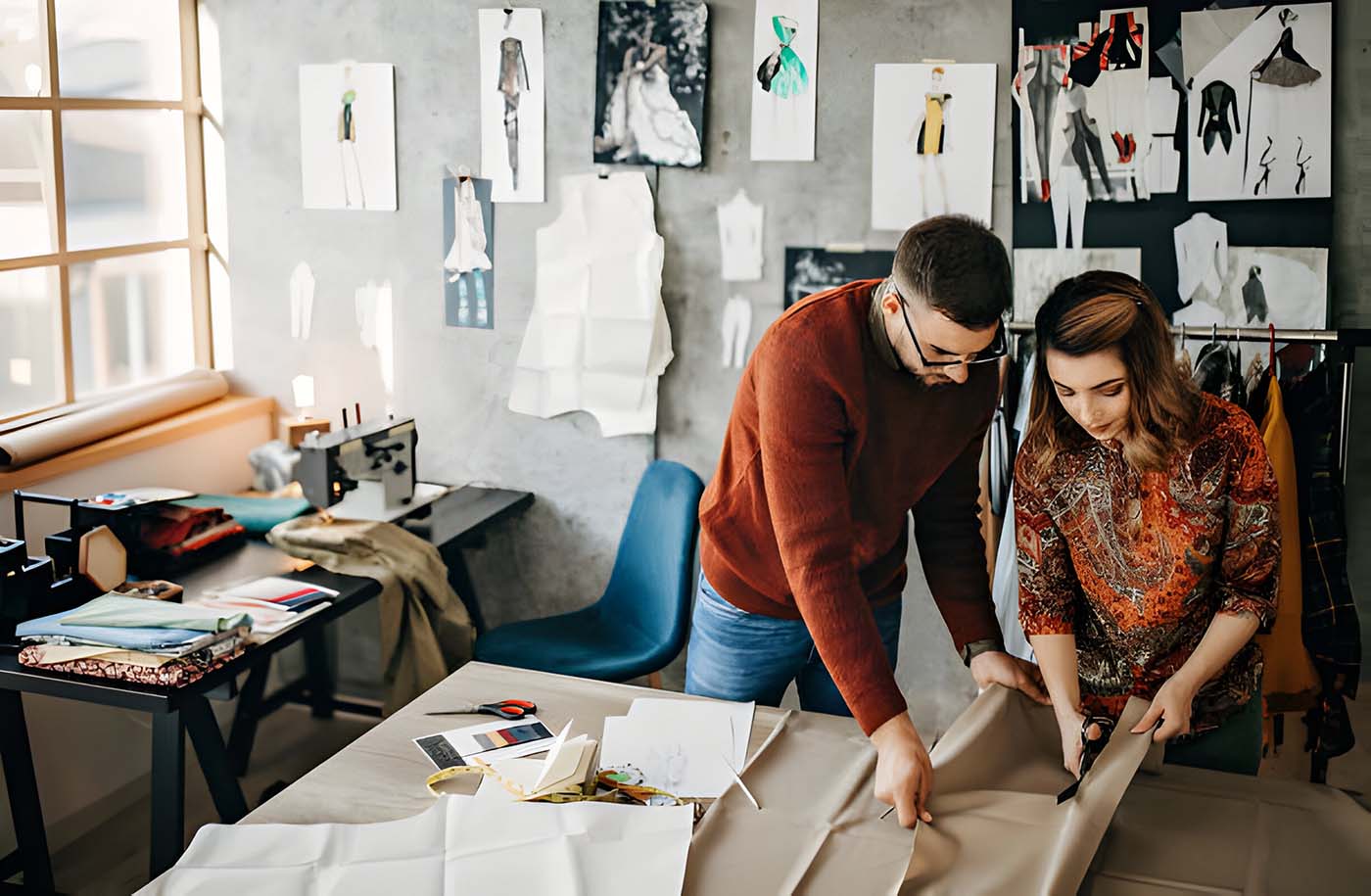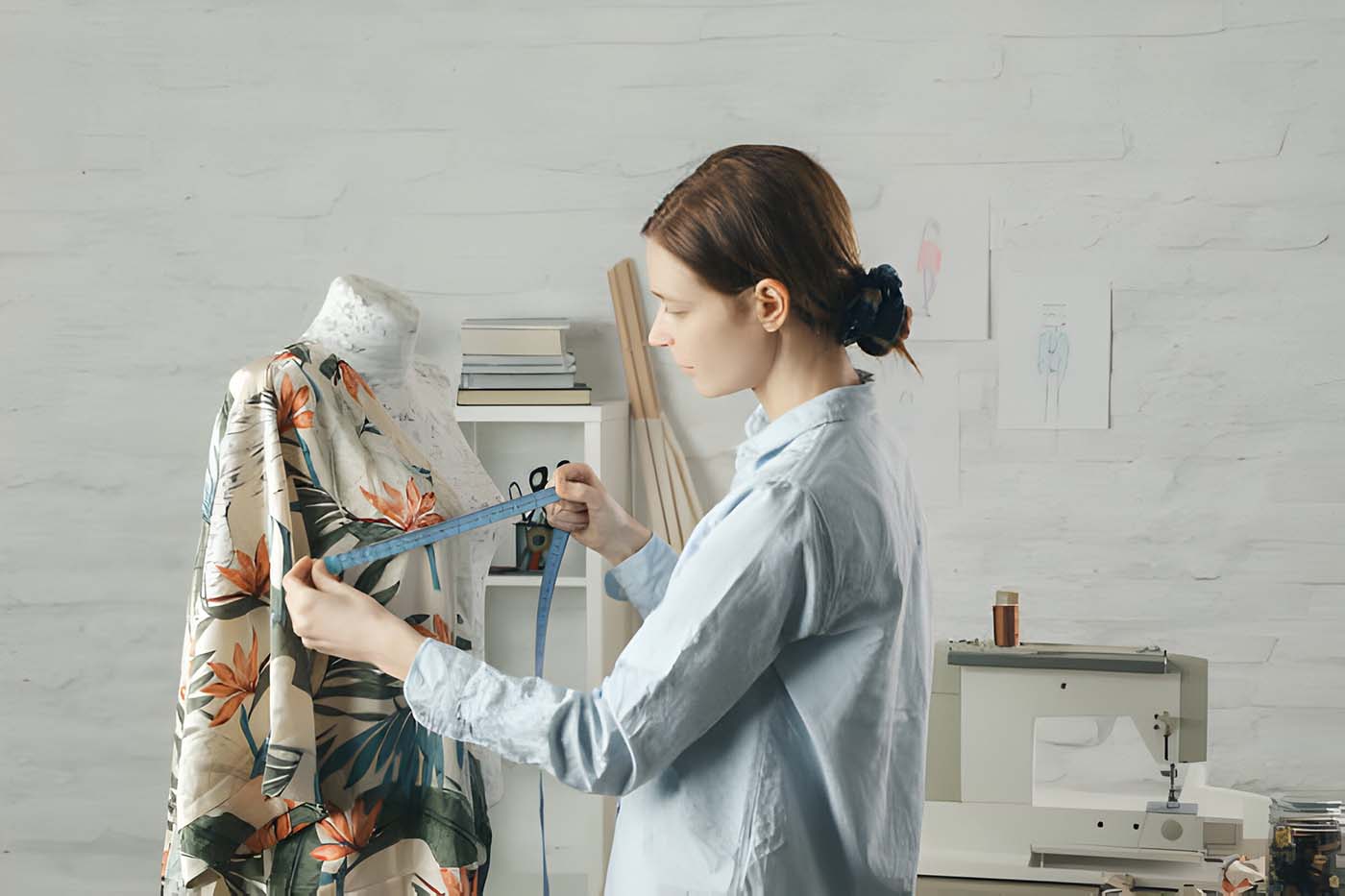Take a look around you and you’ll soon get a sense that the design trends we’re exposed to come from two different directions when you buy online. The fast fashion vs craft fashion debate has been raging for some time, with pros on cons clearly heard on both sides. What we want to do today is something a little different. Rather than deciding which one is best, we’re going to take a look at how they’re influencing one another.
As we delve into the world of fast fashion and craft fashion, it becomes evident that these contrasting styles have not only coexisted but have also been shaping each other in unexpected ways. The rapid pace of fast fashion has introduced innovative production techniques and trends that have caught the attention of craft artisans seeking inspiration for their handmade creations. On the flip side, the resurgence of craft fashion has instilled a renewed appreciation for quality, sustainability, and timeless design, which has, in turn, encouraged some fast fashion brands to reevaluate their practices. In this dynamic interplay between the two worlds, we discover a rich tapestry of ideas and possibilities that are reshaping the fashion landscape in intriguing ways.

What is fast fashion adding to the creative mix?
Fast fashion is always looking for massive volume and something with viral popularity — that’s how they can create the margins that bring their prices down so low. Put aside what you think about this for a moment and consider it from a purely design point of view.
What we’re seeing are massive field tests of various styles and designs, each of which informs the next iteration. The result is something that, if successful, a significant fraction of the market will want to own and wear at the same time. This is harder than it sounds to get right because no one wants to attend a party wearing the exact same outfit as someone else, and everyone wants to feel their home’s interior is really just for them.
Fast fashion is finding new ways to create desirable aesthetic designs that are seen in a wide variety of places at the same time, and yet still feel personal and special. It’s too easy to dismiss this creative influence as nothing more than consumers looking for the lowest price and fastest delivery. When it comes to things like clothing and furnishing, we’re probably more particular than we have ever been thanks to the lens of social media we’re always under these days.
Indeed, the fast fashion industry’s relentless pursuit of mass appeal and viral popularity serves as a fascinating laboratory for design experimentation. These large-scale field tests continually refine and redefine the boundaries of style, pushing the envelope of creativity and innovation. What’s particularly intriguing is the delicate balance they strive to strike – creating designs that resonate with a broad audience yet maintain a sense of uniqueness.
After all, no one wishes to blend into the crowd entirely, whether it’s at a social gathering or within the sanctuary of their home. Fast fashion’s ability to achieve this delicate equilibrium between widespread accessibility and individuality underscores its role as a significant influencer in contemporary design. It reminds us that beneath the surface of affordability and rapid delivery lies a complex and ever-evolving creative process that responds to the discerning tastes and preferences of today’s consumers, amplified by the pervasive influence of social media.

What is craft fashion bringing to the table?
Craft fashion is more personal and a slower burn in many cases, which is what appeals to the people who love it. You know you’re paying a higher price because of the love and care that has gone into the item you’ll soon be the proud owner of. It’s about taking the time to get things right, so you come to appreciate just how much artistry goes into achieving that lofty goal.
Along the way you get a sense that you can create a unique look that allows you to tap into the character and personality of the designer. In many ways it’s the natural, more accessible, extension of couture fashion. This makes craft fashion something that appeals to a discerning and highly particular audience who want to know they’re buying something few people will have.
Becoming closer to the clothes you wear and feeling like you have a connection with them is what will allow you to really project your sense of self. This is a journey that craft fashion allows you to go on in a way that’s deeply personal and richly creative. Ideal if you want to be able to set the tone for a look that makes everyone understand who you are and what you have to offer.
In the realm of craft fashion, it’s not just about owning an item; it’s about forming a connection with a piece of art that embodies the designer’s vision and craftsmanship. This slow and deliberate approach to fashion is a departure from the fast-paced trends of the industry.
Each piece is a testament to the dedication and love that goes into its creation, and this commitment to quality and authenticity is palpable when you slip into a finely crafted garment. Craft fashion offers a unique opportunity for individuals to curate a wardrobe that not only reflects their style but also speaks to their values.
It’s the antithesis of mass production, catering to a select audience who value the feeling of exclusivity and a deeper connection to their clothing, making each piece a canvas for self-expression and storytelling.

Where do we go from here?
The choice between a massive discount seller like Temu and an Etsy store is like choosing between the free online games and having a game of cards in-person with a few close friends. Neither is right or wrong, but you do get something so much more personal, and often memorable, if you pick the latter.
The way the market is going shows us that both of these approaches can coexist, with neither really having to grow at the expense of the other. They operate in different spaces, with many opting for a little bit of both in their wardrobe so that they can balance personal style with accessibility and affordability.
In fact, pulling off this balancing act in a way that makes you feel like you’re in control of your wardrobe and how you present yourself is something that’s truly empowering. And you can say exactly the same thing if you’re looking to furnish your home with a combination of upcycled furniture and mass-produced items.
The beauty of our modern design landscape is that it offers us the flexibility to tailor our choices to our individual preferences and needs. It’s akin to having a diverse toolbox at our disposal, allowing us to craft our own unique aesthetic. Whether it’s the thrill of discovering a handcrafted gem on Etsy or the convenience of snagging a trendy find at a discount seller like Temu, we have the power to curate our style narrative.
This newfound sense of empowerment in fashion and home decor enables us to express ourselves authentically, knowing that we can seamlessly blend personal flair, affordability, and accessibility to create spaces and wardrobes that resonate with our true selves.
In the end, it’s about breaking free from rigid conventions and embracing the limitless possibilities that design offers to help us uncover and celebrate our unique identity.








